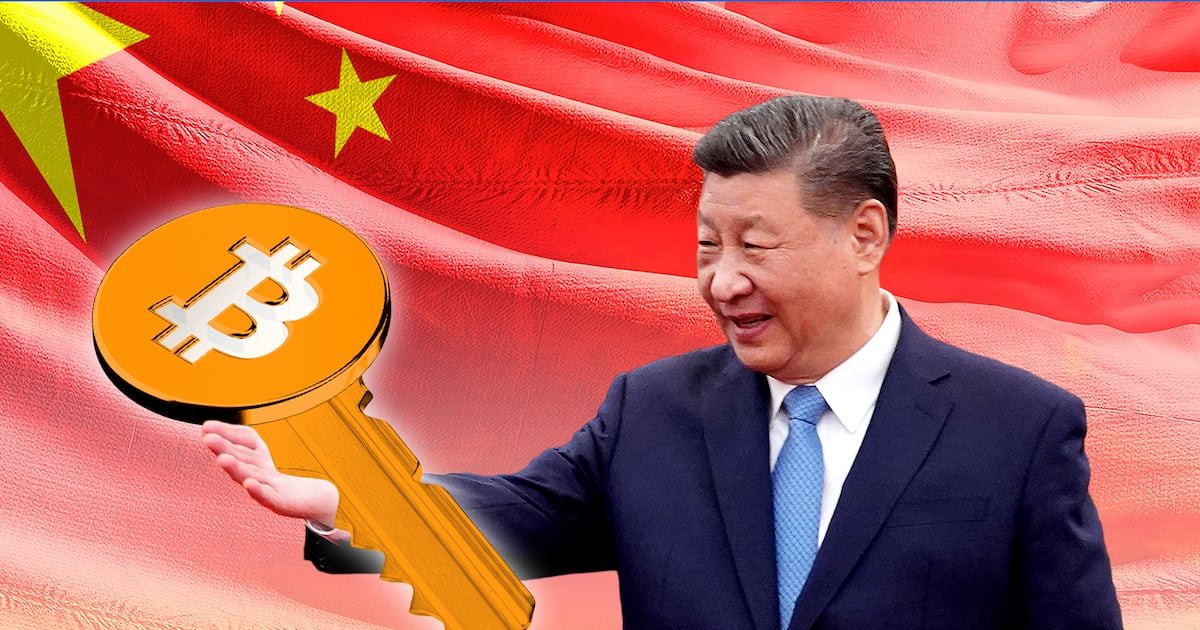What’s going on here?
On August 12, China’s yuan weakened against the US dollar, mirroring the Japanese yen’s slip following the BoJ’s rate hike.
What does this mean?
The spot yuan opened at 7.1720 per dollar, down 0.49% from the previous session, reflecting market jitters over US inflation data and China’s internal issues. Despite a 0.5% gain in August, the yuan remains 1.1% weaker for the year. Analysts are uneasy about China’s prolonged property crisis, weak consumer spending, and capital flight deterring foreign investors. Key economic indicators from the US, like PPI and CPI, could further shake things up, with Fed Chair Jerome Powell’s upcoming Jackson Hole speech being particularly influential.
Why should I care?
For markets: Volatility in view.
Anticipation around US inflation data and potential Fed rate changes is key for market dynamics. A trader noted that current US economic data will significantly impact market volatility and the yuan’s direction. With the PBOC planning to ramp up treasury bond operations to manage risks, investors should brace for fluctuating trading ranges, as highlighted by Maybank analysts.
The bigger picture: Global economic chessboard.
The yuan’s movement isn’t just a local issue; it plays into a broader economic scenario. Goldman Sachs analysts recommend short positions against the yuan, citing internal weaknesses like reduced domestic demand and property price drops. Internationally, the PBOC’s more assertive control measures and Powell’s Jackson Hole speech will influence global market sentiment and strategies.






